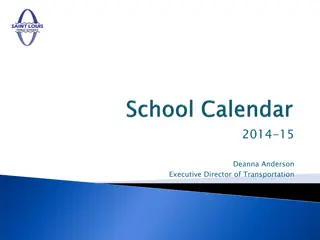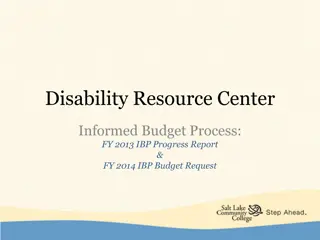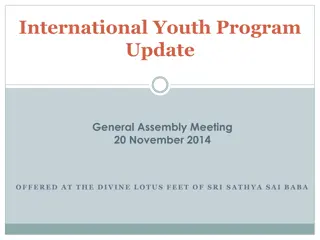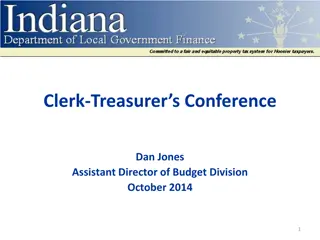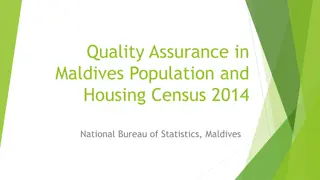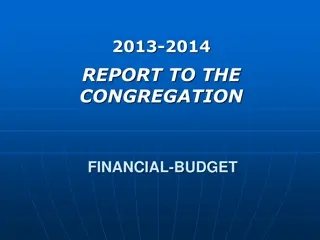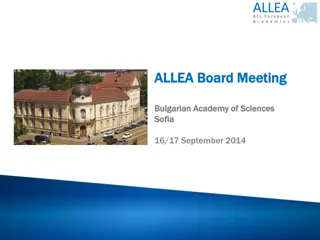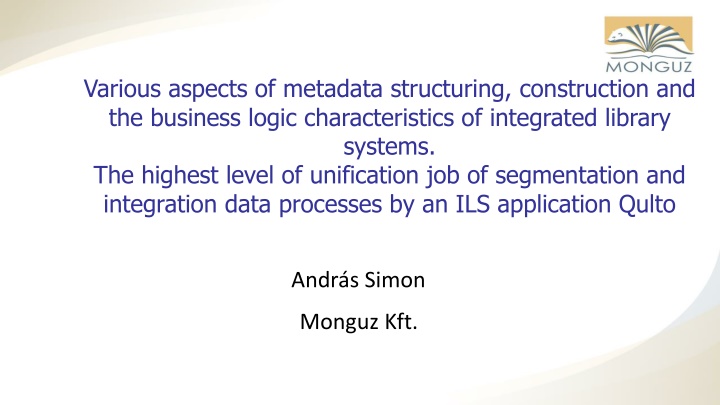
Insights into Metadata Structuring and Integrated Library Systems
This detailed content explores various aspects of metadata structuring, construction, and the business logic characteristics of integrated library systems, focusing on the Qulto Andr.s Simon Monguz Kft ILS application. It delves into technical tasks related to customer data, basic requirements for statistics, document management, authorities, library demands and aims, and more. The content emphasizes the importance of proper data segmentation, ergonomic data entry, standardized viewpoints, and the utilization of library holdings to meet the demands and aims of libraries effectively.
Download Presentation

Please find below an Image/Link to download the presentation.
The content on the website is provided AS IS for your information and personal use only. It may not be sold, licensed, or shared on other websites without obtaining consent from the author. If you encounter any issues during the download, it is possible that the publisher has removed the file from their server.
You are allowed to download the files provided on this website for personal or commercial use, subject to the condition that they are used lawfully. All files are the property of their respective owners.
The content on the website is provided AS IS for your information and personal use only. It may not be sold, licensed, or shared on other websites without obtaining consent from the author.
E N D
Presentation Transcript
Various aspects of metadata structuring, construction and the business logic characteristics of integrated library systems. The highest level of unification job of segmentation and integration data processes by an ILS application Qulto Andr s Simon Monguz Kft.
Technical tasks - customer data Segmented storage, ergonomic entry Value lists form customer data (nationality, address, city, occupation, qualification etc.) for proper calculation. Masked data entry for proper calculation Possibility for import from institutional or official dictionaries Standardized view points, in local, institutional, or state level Possibility for archiving instead of erasing
Basic requirements towards the making of statistics or the use of statistics - customers Age Gender Qualification Residence Social status (child, employee, retired, student, unemployed etc.) Nationality Mother tongue Readers category (student, employee, retired) Registration date
Basic requirements towards the making of statistics or the use of statistics - documents Document type (book, ebook, periodical, audiovisual material, electronic or physical copy, map, note) Belle lettres / professional material by Dewey or by other classification systems Special collections Language (Hungarian, English, German, other) Acquisition date and type Date of publishing Author (loan fee, transaction fee) Price, and value of document Date and time of loan. (weekdays, weekend, holidays)
Authorities - types Holder Owner Supervisory authority State, local, institutional, other
Authorities demands and aims Use of library Social effects Expenditure efficiency Utilization of holdings Necessity of indexing Use of external data sources Common databases from libraries and museums
Library demands and aims Utilization of holdings Old unused books Often borrowed books Changing of utilization Acquisition policy Changes of the proportion of customer segments
Problems of the data coming from the ILS Open shelves bookstacks (less used) Work level identification (language of book important) Reading in foreign languages Local use, how to measure? Borrowing for others. Renewing, how much to count? Literature for students given by the teacher
Problems with the results Public debate in Hungary, half of the holdings are unused Aufkl rism should we do anything with it? Change of loan policy liberal regulations Change of copy service policy Change of acquisition and finance policy Human resources less need Preconceptions, manipulating the data by employees
Outputs - problems Formatted reports Results of calculations in graphs Direct search on the interface Direct search via SQL in the database Too complicated data structure Too big data tables Searches should be prepared by the programmers on ad hoc way
Evaluation methods Local experiences Formal demands of authorities L'art pour l'art Own aims of libraries Regularity month, year, school year concerning to the lifecycles of the library Usage of document concerning to price and value Changing of the customers attitudes and demands especially by the youth Highly polarized society in Hungary by intellectual factor
Utilization of results Acquisition policy Marketing Loan policy Opening hours, holydays Changing of financing Increasing effectiveness of utilization Usage of human resources
Qulto solutions 300 customer in Central Europe MARC structure, complete segmentation Reader Data complete segmentation Archiving the information about deleted readers, users, bibliographical holding and loan data Long time storage, data preservation
Technical tasks document data All bibliographical data in MARC Every MARC tag and subfield in separate data field for proper calculation, and in order to form the controlled data entry Unlimited possiblity form combination by creating search masks Possiblity for entering sepcial data content (date, timestamp, integer, decimal etc.) Entering regular expressions, and default values Making data fields obligatory Usage of value lists (language, classification etc.)

